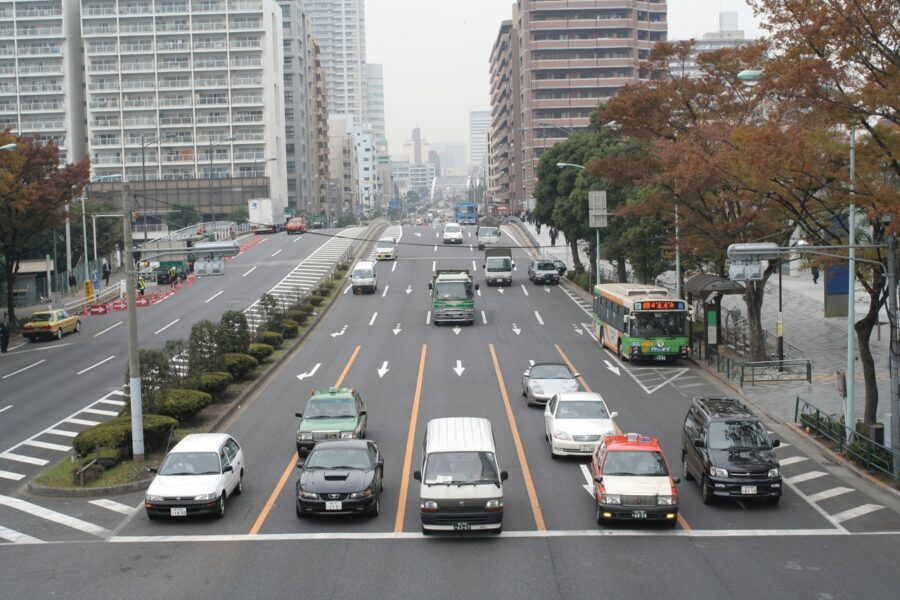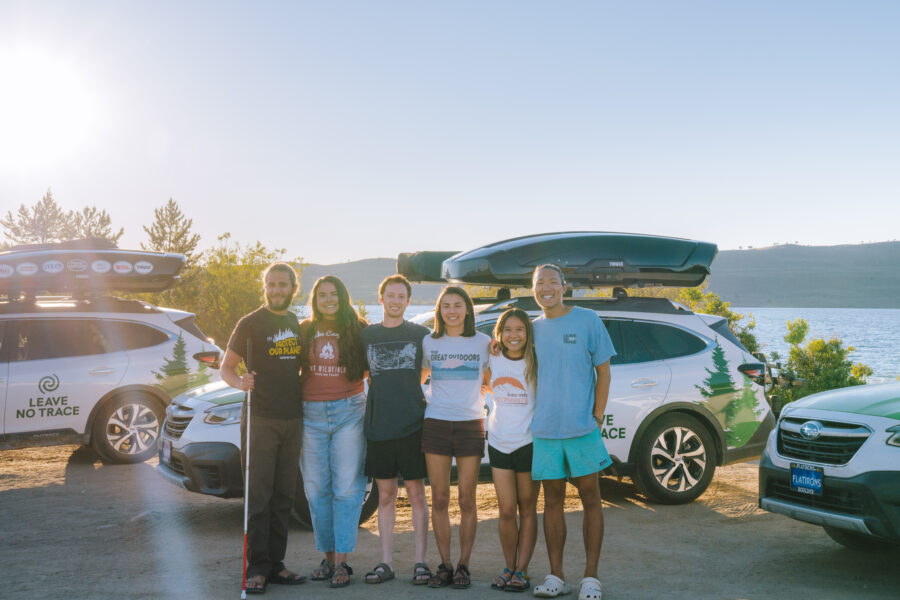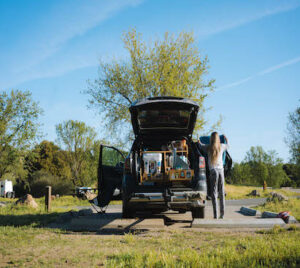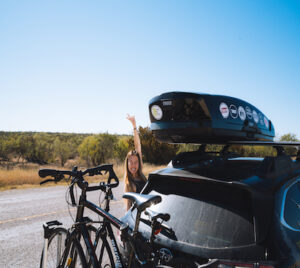Consider Alternative Modes of Transportation
Did You Know?
Cars produce approximately 50% more CO2 per passenger mile than buses, highlighting the relevance of public transportation.

What Does This Mean?
Using alternate forms of transportation can make an important difference, even for a quick outing to a local grocery store. Most of us are guilty of defaulting to the convenience of cars and other individualized vehicles when traveling, yet biking, taking the bus, or carpooling can be effective ways to reduce your individual impact on the environment if they are available to you. Echoing the first of Leave No Trace’s seven principles, “Plan Ahead and Prepare”, take a moment to consider what the optimal, environmentally-friendly mode of transportation is for your trips.

What Can You Do Right Now?
YOUR ACTIONS MATTER
- Learn about your local public transit if available.
- Find out if they have programs to assist community members in their commute.
- Talk to your neighbors.
- Set up a carpool for routine drives like going to work, getting to school or even grocery shopping.
- Before leaving for a trip, consider your transportation options.
- For short trips, ask yourself: Can I walk, or is there a bike available to ride?
- For longer commutes, consider the bus or train, or join someone else in a carpool.
- If none of those are feasible, take the car.
- If your community does not have walking paths, bike routes or public transportation options, contact your local government to recommend changes.

Take Action
Let’s protect and enjoy our natural world together
Get the latest in Leave No Trace eNews in your inbox so you can stay informed and involved.



